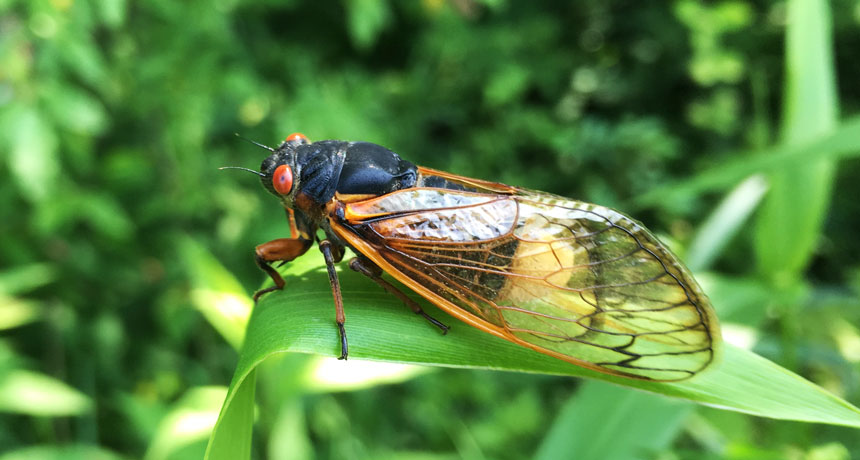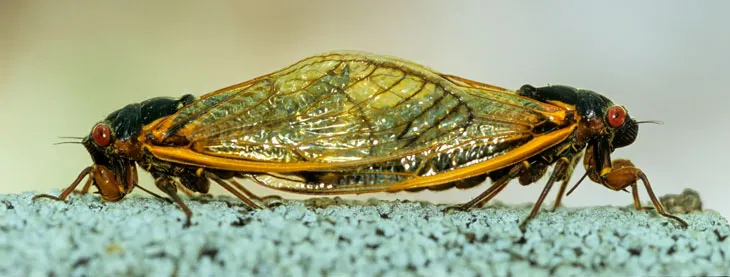These fungi drug cicadas with psilocybin or amphetamine to make them mate nonstop
The insects keep at it even if chunks of their abdomens fall off

FREAKY FUNGUS The cicada-infecting Massospora cicadina fungus makes an amphetamine called cathinone, which spurs cicadas to mate and spread fungal spores. Other species of the fungus produce psilocybin, more often found in hallucinogenic mushrooms.
M. Kasson







